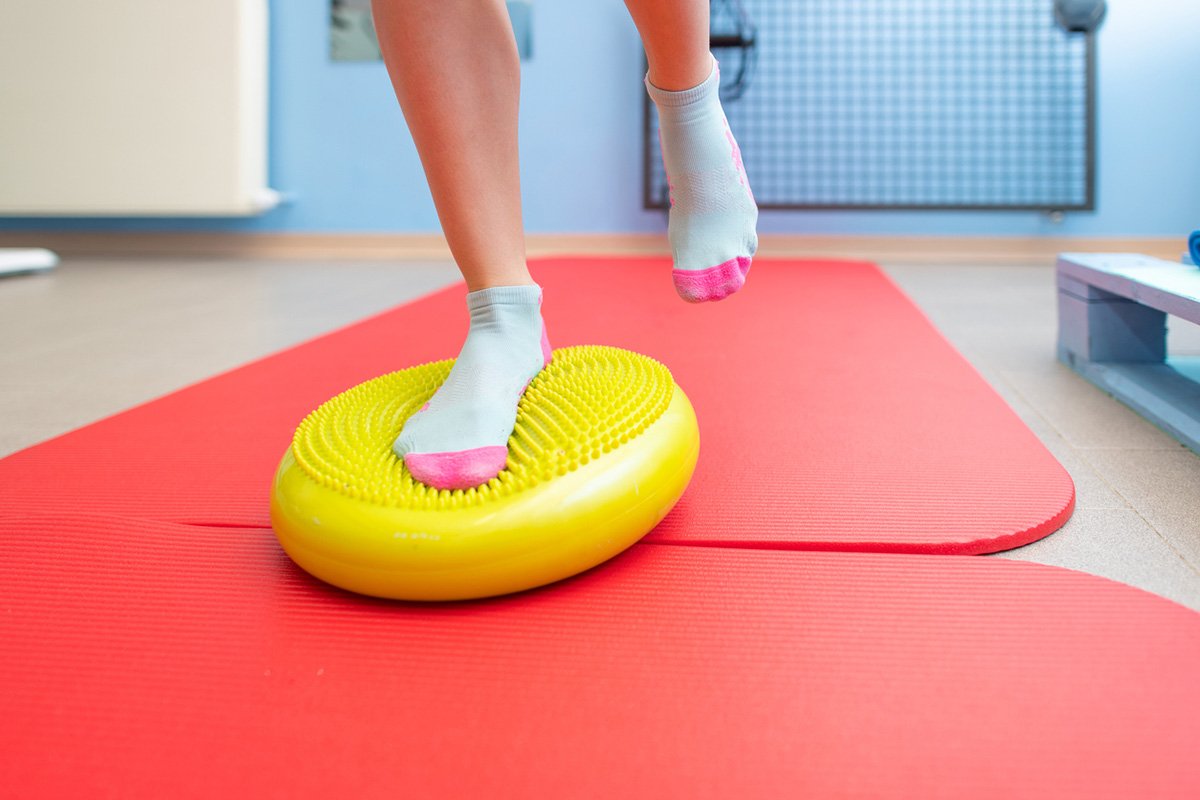The Power of Proprioception: Fine-Tuning Your Body's Sixth Sense for Stability
When it comes to movement and balance, proprioception plays a vital role in keeping the body safe and coordinated. Often referred to as the body’s sixth sense, proprioception is the ability to sense the position, movement, and orientation of your limbs without relying on vision. This sense is crucial for stability, injury prevention, and overall physical performance. Understanding and training proprioception can enhance your balance, agility, and confidence in daily activities or athletic pursuits.
Understanding Proprioception
Proprioception is a form of sensory feedback that informs the brain about joint angles, muscle tension, and body position. Specialized nerve endings in muscles, tendons, and joints relay this information, allowing the body to react to changes in terrain, posture, or movement. Strong proprioceptive awareness helps prevent falls, improve coordination, and reduce the risk of injury.
For example, when walking on an uneven surface or catching a heavy object, your body relies on proprioception to adjust balance and maintain control. People with impaired proprioception, often due to injury or aging, may experience instability, clumsiness, or difficulty performing coordinated movements.
The Role of Proprioception in Stability
Stability is the foundation of almost every movement, from standing upright to performing complex sports maneuvers. Proprioception allows muscles and joints to work together seamlessly, creating a responsive system that reacts quickly to changes in position. This sense is particularly important for athletes, older adults, and anyone recovering from injury. Improving proprioception enhances functional performance and helps maintain independence in daily life.
Proprioceptive Training Techniques
Physiotherapists and movement specialists often recommend specific exercises to fine-tune proprioception. These exercises challenge balance, coordination, and body awareness, helping the nervous system become more efficient at sensing and responding to movement.
1. Balance Exercises
Standing on one leg or using a balance pad challenges stability and engages the small stabilizing muscles around the ankle and knee. Increasing difficulty by closing the eyes or performing gentle movements enhances proprioceptive feedback.
2. Coordination Drills
Activities such as tossing a ball between hands while standing or walking heel-to-toe in a straight line improve body awareness and timing. Coordination drills strengthen the connection between the brain and muscles.
3. Functional Movements
Incorporating squats, lunges, or step-ups on uneven surfaces helps train the body to adapt to real-world conditions. Functional exercises reinforce proprioception in movements used during daily life or sports.
4. Dynamic Stability Work
Using wobble boards, BOSU balls, or foam pads engages stabilizing muscles and challenges the nervous system to maintain control during dynamic activities. These exercises are particularly useful for rehabilitation after ankle or knee injuries.
Benefits of Proprioceptive Training
Regular proprioceptive training improves balance, reduces the risk of falls, and enhances coordination. Athletes may notice improved agility and performance, while older adults can maintain independence and confidence in movement. Proprioceptive awareness also supports rehabilitation by retraining muscles and joints after injury, accelerating recovery and preventing re-injury.
Incorporating Proprioception into Daily Life
You do not need specialized equipment to improve proprioception. Simple exercises like standing on one leg while brushing your teeth, walking on uneven surfaces outdoors, or practicing controlled movements during daily activities can help maintain and enhance this critical sense. Consistency and progressive challenge are key to maximizing benefits.
Final Thoughts on Proprioception
Developing proprioception is a practical way to enhance stability and prevent injuries. Regular practice of balance, coordination, and functional exercises strengthens your body’s ability to sense movement and respond effectively. Whether you are an athlete, recovering from injury, or aiming to maintain independence as you age, improving proprioception can boost confidence and overall physical performance. Small, consistent efforts to train this sixth sense lead to long-term benefits for balance, coordination, and everyday mobility.

